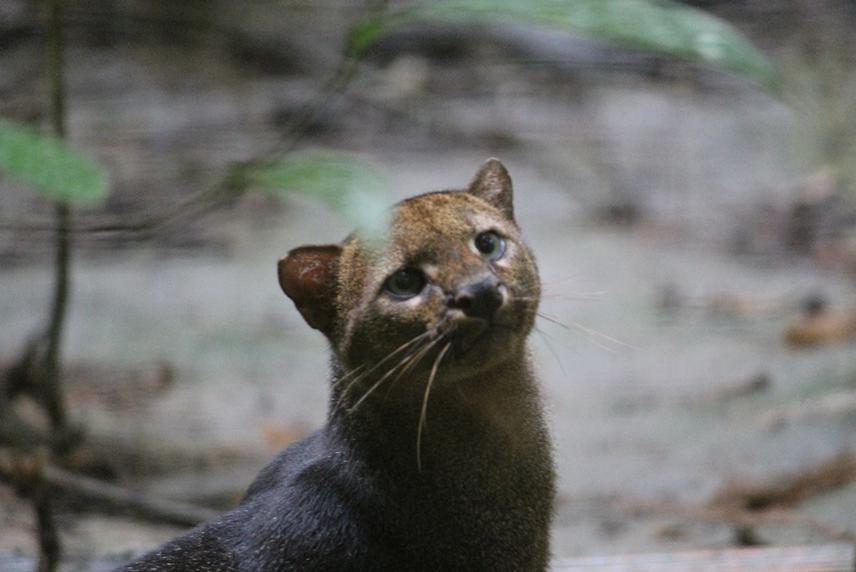André Luis Sousa Gonçalves
Despite its wide distribution range in South America, the Leopardus wiedii is a poorly studied small wild cat, especially in the Amazon. Thus, the present study aims to define population status, occurrence predictors, movement patterns and human perceptions of the margay and another sympatric competitor felid, the Leopardus pardalis, in two Protected Areas under different scenarios of Central Amazon. Data will be collected through interviews, camera-trapping and telemetry devices. This information will be compiled with data from other studied sites throughout the Amazon. Through the identification of highly-used areas with potentially important resources, it will be possible to model distribution of the species for this biome. This will enable a better understanding on the potential distribution of these felids in the Amazon and facilitate the planning of actions that aim the creation of areas for conservation and maintenance of connected habitats. This information will foster support for long-term population monitoring and positive human-cat relationship.

Record of Puma yagouaroundi before to be released and monitored in the Rio Cuieiras Biological Reserve located in Central Amazonia, Brazil.
The margay cat (Leopardus wiedii) is one of the least known Neotropical felids. It occurs from the coast of Mexico to the north of Uruguay and Argentina and throughout Brazil, except northeast. It is listed as Near Threatened by the IUCN and periodic reviews are indicated due to their vulnerability. This species will likely qualify for VU A3cde in the near future. In Brazil, it is already classified as Vulnerable and with a decreasing population trend. A few decades ago in the years 1904 to 1970 the fur trade was a major threat factor. It is estimated that in the Amazon at least about one million individuals of Leopardus wiedii and Leopardus pardalis were killed by this trade that fed Europe and the United States. At present, the threats that this species face throughout its distribution is habitat fragmentation, diseases due presence of domestic animals and retaliation near to human settlements.
Additionally, margay is negatively impacted by ocelots L. pardalis (through ‘the ocelot effect’), which are relatively more abundant and the dominant felid species in most areas of tropical America, including protected areas. Despite the extensive distribution, there is little information to support management and conservation actions. In order to avoid a further decline, it’s necessary to understand the basic habitat requirements for its survival, particularly in the Amazonia biome, where, although unusual is considered as one of the last refuges for this feline still little studied.
The present study aims to define population status, occurrence predictors, movement patterns, home range sizes, activity patterns and human perceptions of the margay and another sympatric competitor felid (L. pardalis) in two Protected Areas under different scenarios in Amazonia, near and far from human settlements. Data will be collected from interviews, camera trapping and with telemetry devices. This information’s will be compiled with data from other studied sites throughout Amazonia, filling this gap. By identifying highly used areas with potentially essential resources, it will be possible to model its distribution for the biome. Thus facilitating the understanding of the response of these species to current environmental and anthropogenic changes, as well as to predict their presence in environments not yet studied and that have potential to occur. Besides, it will facilitate the planning of actions aimed at creating areas for conservation and maintenance of connected habitats. This information will generate subsidies for long-term population monitoring and positive human-cat relationship.
Header: Record of Leopardus wiedii released and monitored near Reserva Ducke Located in Central Amazon, Brazil.